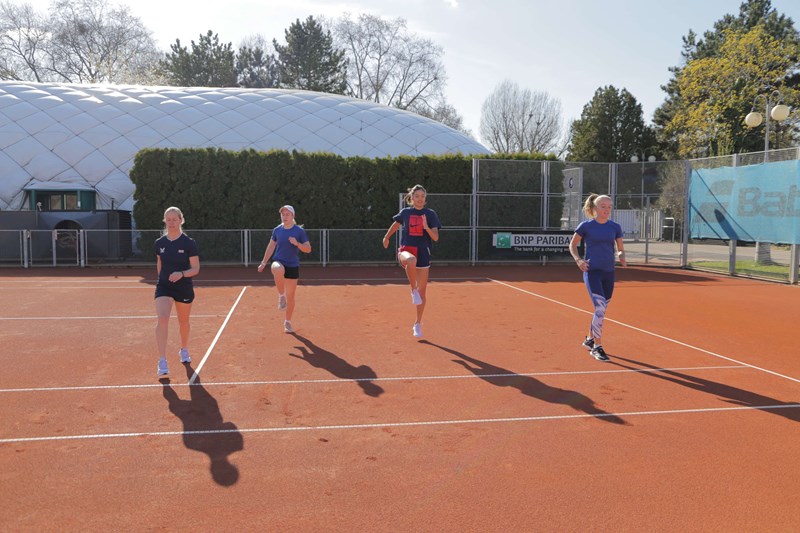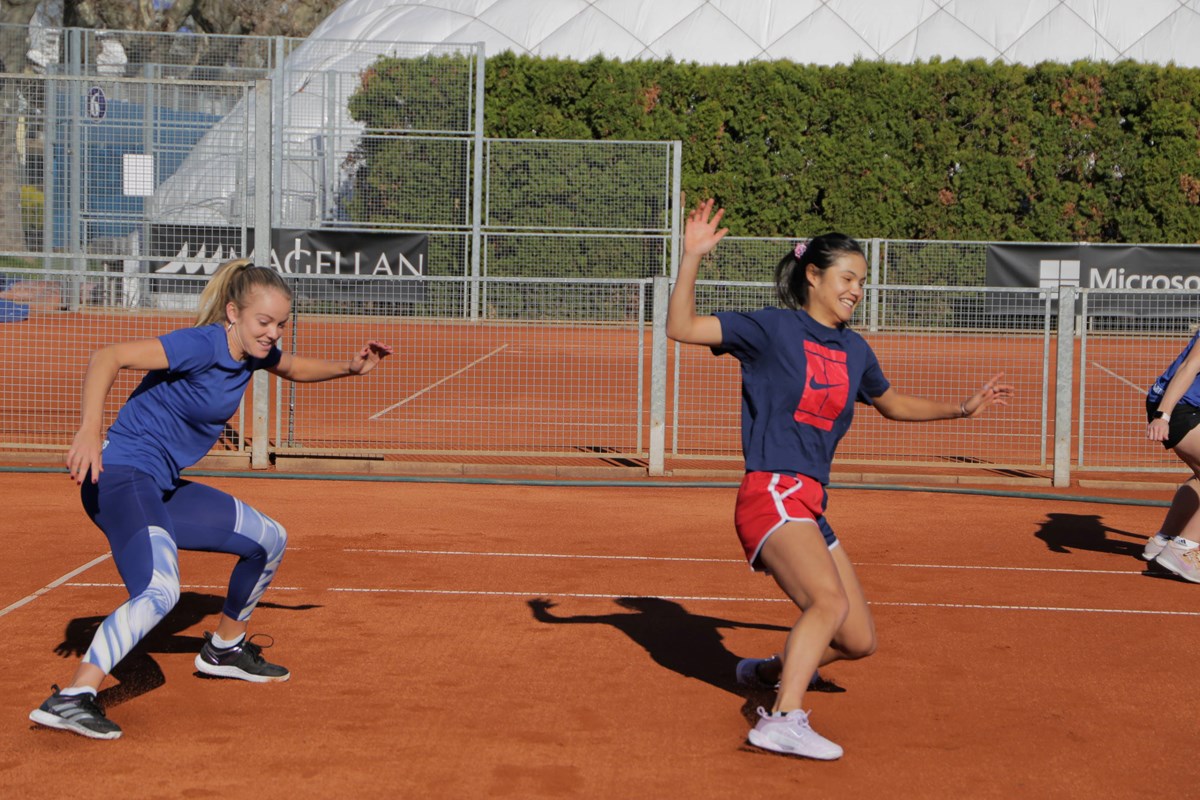exclusive
Recovery: How physiotherapists support the Billie Jean King Cup team during match week

Behind every great team is an incredible support team and the British Billie Jean King Cup squad is no different. LTA and Billie Jean King Cup Physiotherapist team Milly Mirkovic and Will Herbert give you an insight into their role throughout the week, how they work with players and give you some tips for your own recovery programmes.
A day in the life of a physio at the Billie Jean King Cup
Working at a team event like the Billie Jean King Cup is pretty similar to being at a tournament with a player – the key difference being that you’re working with four players and you have to balance your work with their schedules.
The night before a day training, we’ll sit down with the captain (Anne Keothavong) and work out a schedule for each player based on what they want and need from us to aid their recovery.
Then the following morning, we’ll see the players who are heading out on court to practice first and see if they require any taping, mobility work or hands on treatment before training.
Because there are two of us, we each follow two players. Each day is run in different training sessions so depending on what they are doing – hitting on court or in the gym – we tend to go with them to each practice in case they need additional support.
From a hands-on perspective, we have to get familiar with their bodies so we know what’s normal for them and make sure their joints are moving and feeling as the player would expect.
At the end of the day, we’ll also have another session just to check in and see how the players are doing and go through any remedial work so they can recover properly. We have ice machines, recover pumps, and lots of other equipment set up in our recovery room, so alongside treatment they can also use other recovery modalities.
We also encourage the players to be independent with their programmes because often they are on their own when playing at other tournaments. We’ll make sure that they have their own unique programme of mobility exercises to help them stay on top of their recovery by themselves as well.
It’s a lot of juggling and trying to work around the players schedules so no day is ever the same!
The biggest challenge is getting them all in, making them all feel valued, looked after and that they’re getting the treatment they need. It can be tricky, but it’s very rewarding when you get it right.
Recovery from the clay

Specifically with this tie, because we’re on clay, what we tend to see is tight upper limbs (shoulders and forearms) and groins. This is because generally the players are trying to generate more spin on the clay and the balls can start to get quite heavy.
The three key things are mobilizing, activating and then providing any treatment as a top up.
Our main job is to restore their normal range of muscle and joint movements after practice or a match – this will involve hands on work as well as activation exercises, whether that be with resistance bands or weighted balls.
This helps them to get back their range of movement, particularly in the shoulders, which have a unique range of motion for serving, that they need to maintain day in and day out.
Top tips for the best recovery routine
Mobility is so important, and consistency is key. You have to make sure that whatever you’re doing in your recovery, you’re doing it on a consistent basis and not jumping in and out of a routine – otherwise, you won’t notice any of the gains.
We’d recommend finding a well-rounded programme that suits your needs and involves some stretching and some active mobility work to aid your recovery. Good nutrition after training or matches as well as optimal sleep are also vital for the best results in your recovery.
